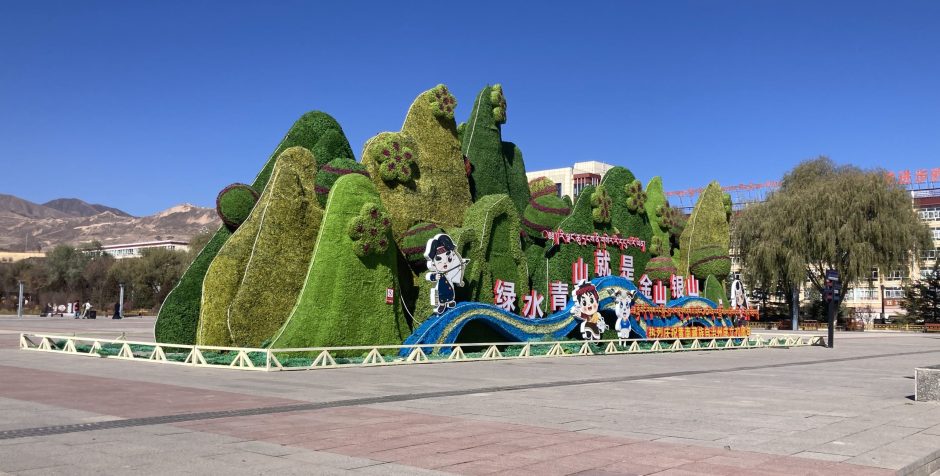As cities grow and evolve, so do the languages spoken within them. Factors like language policies, urbanization, migration, and socio-economic changes play a significant role in shaping how different ethnic groups use and interact with languages. This study dives into these transformations by examining language use in public space, a concept known as the “linguistic landscape.”
Positioned at the crossroads of ethnography, sociolinguistics, linguistics, and urban studies, the research focuses on the visibility (or invisibility) of multilingualism in public signs. It seeks to understand how various factors—ranging from state and community needs to language ideologies, norms, and the effects of language contact—shape this landscape. The study centers on Rongwo (Longwu in Chinese), a small yet rapidly urbanizing town in Rebgong (Tongren), an autonomous Tibetan county in Qinghai Province (Northwest China). Here, both Tibetan and Standard Chinese are recognized as official languages, and the town’s growth is marked by new infrastructure like schools, hospitals, museums, and shopping areas.
The ultimate goal of this research is to uncover how language hierarchies and ethnolinguistic diversity are represented in public spaces. By analyzing the effects of national and local language policies, as well as the role minority groups play in shaping their linguistic environments, the project aims to offer deeper insights into the dynamics of cultural, social, and linguistic inequalities.
